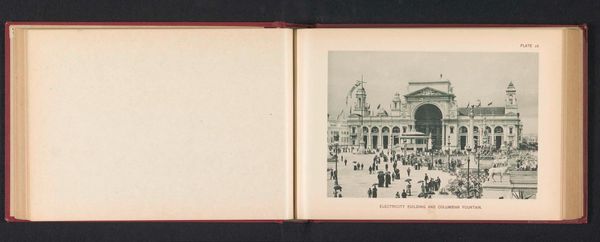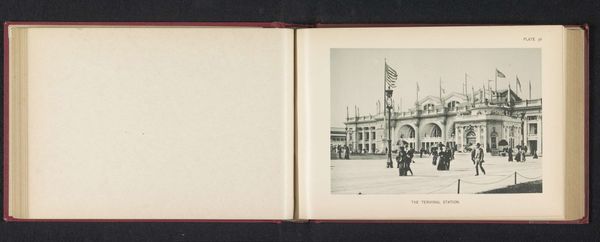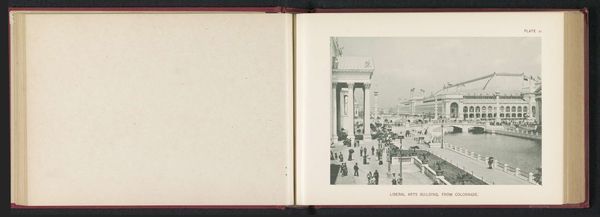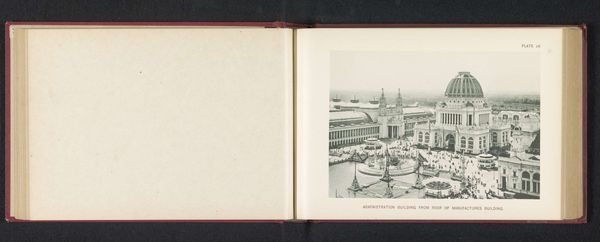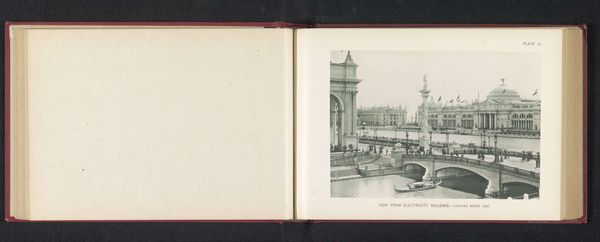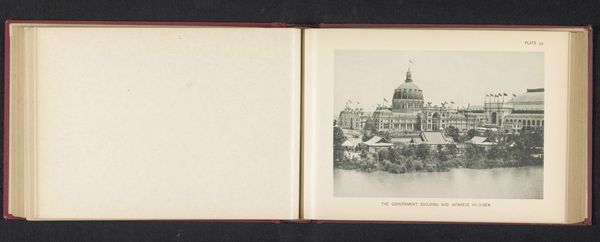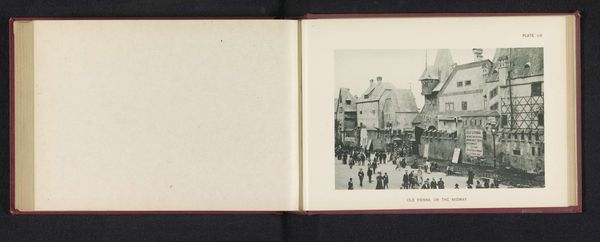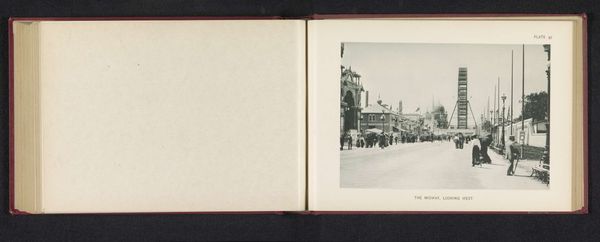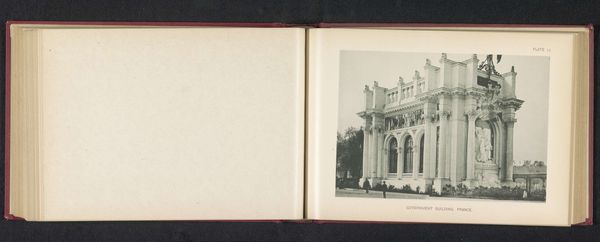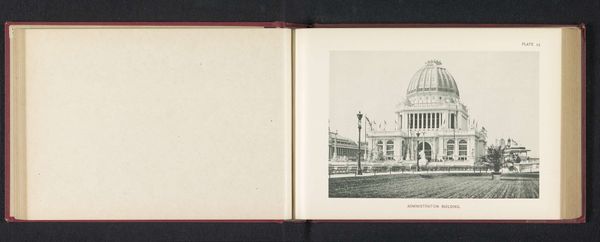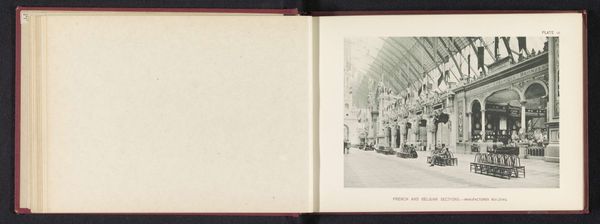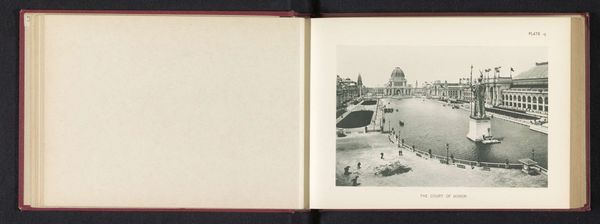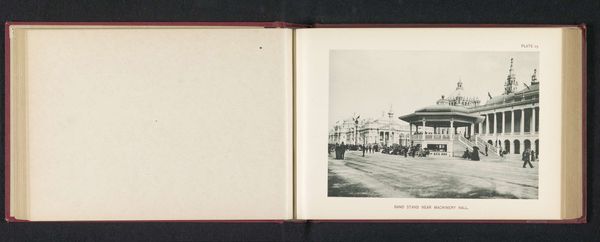
Straat met landenpaviljoens op de World's Columbian Exposition in Chicago in 1893 1893
0:00
0:00
print, plein-air, photography
# print
#
plein-air
#
landscape
#
photography
#
cityscape
#
realism
Dimensions: height 129 mm, width 191 mm
Copyright: Rijks Museum: Open Domain
Editor: Here we have Charles Dudley Arnold’s "Straat met landenpaviljoens op de World's Columbian Exposition in Chicago in 1893," a photograph. It's a crisp image, almost serene despite all the architecture. What catches your eye, and how do you interpret this work? Curator: What immediately strikes me is how this image of the World's Columbian Exposition, this "White City," idealizes a particular vision of progress and global connection, while simultaneously obscuring the realities of colonialism and racial inequality that were so foundational to that era. Editor: I hadn't considered that angle. Could you elaborate? Curator: Absolutely. These world's fairs were carefully curated displays of technological advancements and cultural achievements, but who was invited to the table, and whose stories were being told? Consider the power dynamics at play: powerful nations showcasing their dominance, often built on exploited labor and resources from colonized lands. Does this photograph capture that inherent tension or erase it? Editor: It seems to lean more towards erasing it, doesn't it? The grand buildings look almost utopian, completely masking the harsh realities you're talking about. Curator: Precisely. Even the act of photographing and presenting this idealized cityscape becomes a political act. What do you make of the implied, or perhaps even imposed, sense of unity captured in this photo? Is this unity real or merely performative? Editor: I see your point. It feels less like a genuine global village and more like a carefully constructed stage set, reinforcing certain narratives. It makes you wonder what wasn’t shown, doesn't it? Curator: Exactly! By analyzing what’s *not* in the frame, what’s deliberately left out, we gain critical insights into the power structures that shaped the World’s Columbian Exposition. Editor: I never thought of it that way before, thanks! This makes me want to learn more about the cultural implications of that period and this photo. Curator: It’s crucial to engage with images like these critically, acknowledging their aesthetic qualities while unpacking the complex historical and social forces at play. It definitely shifts how one sees photographs from the period.
Comments
No comments
Be the first to comment and join the conversation on the ultimate creative platform.
